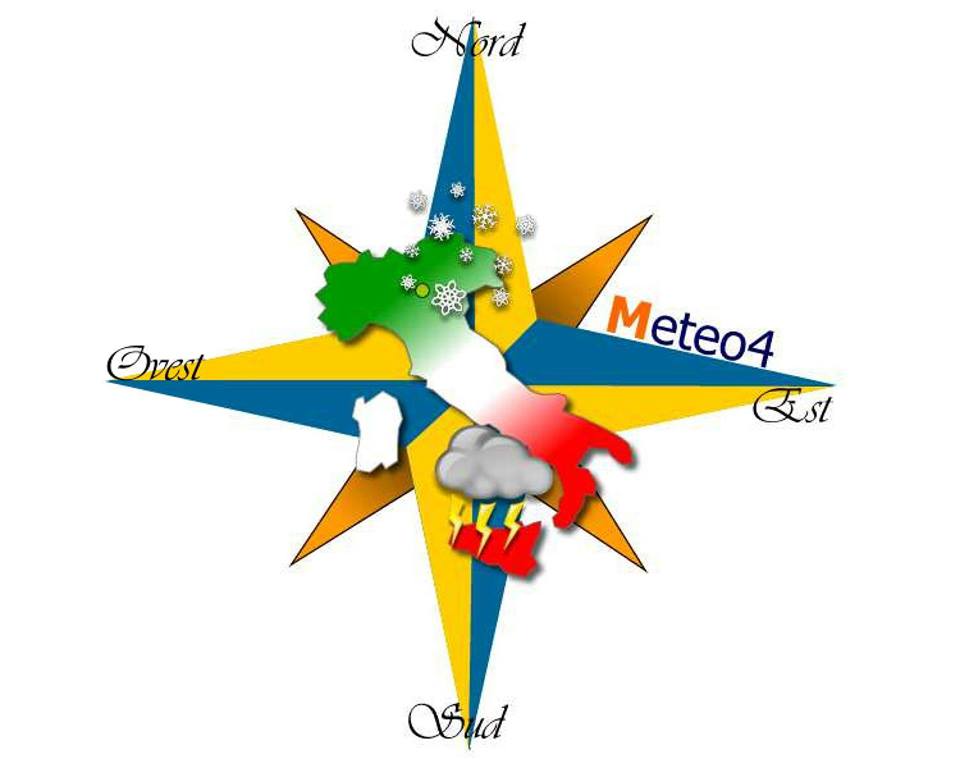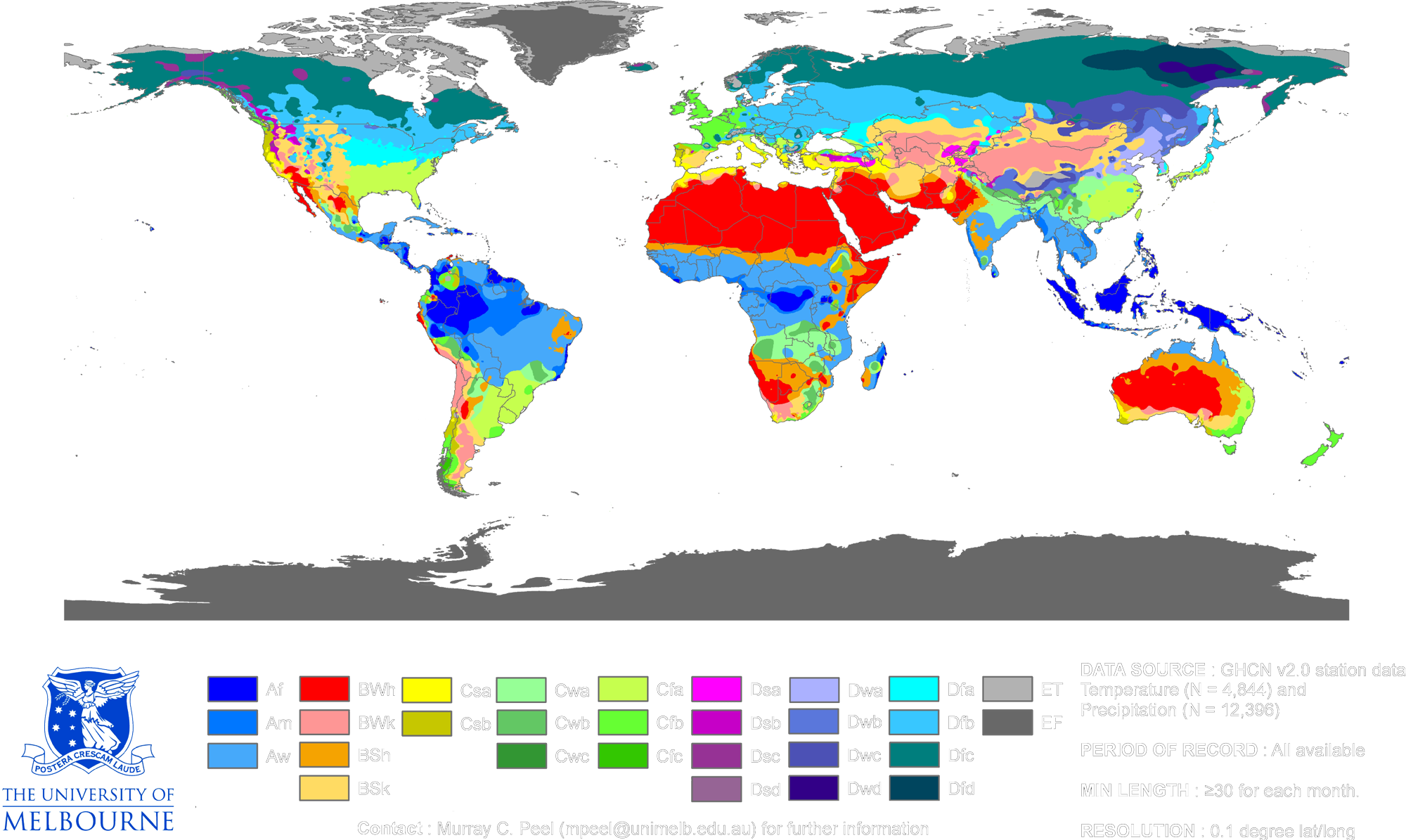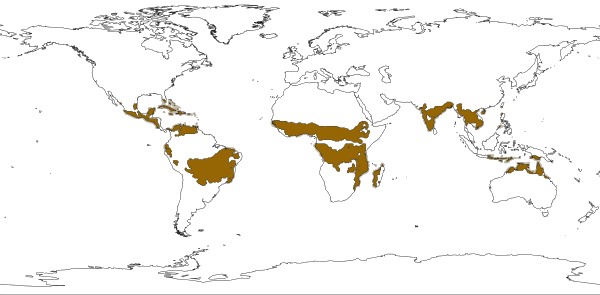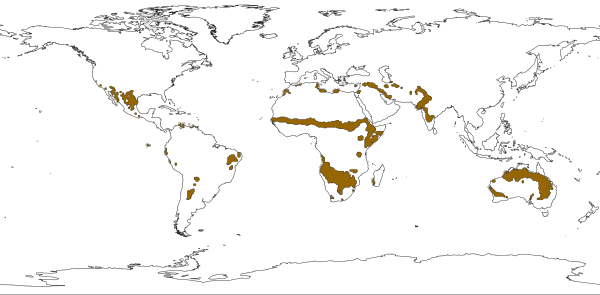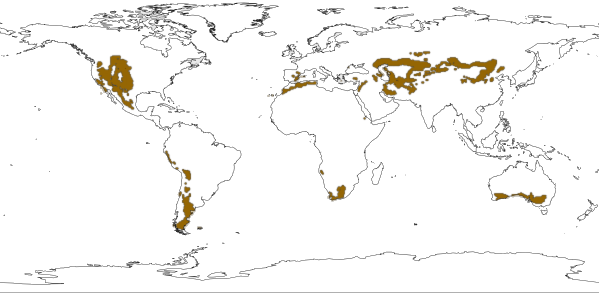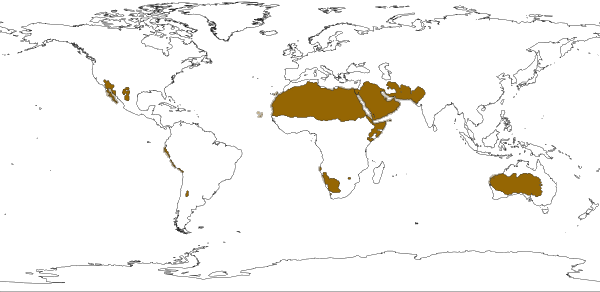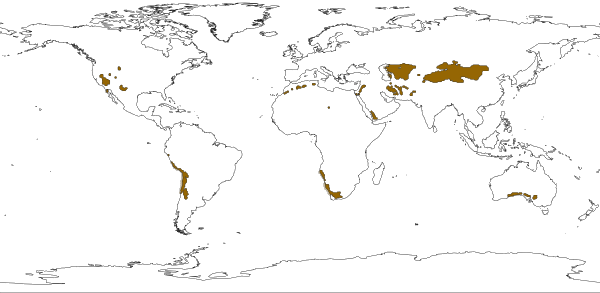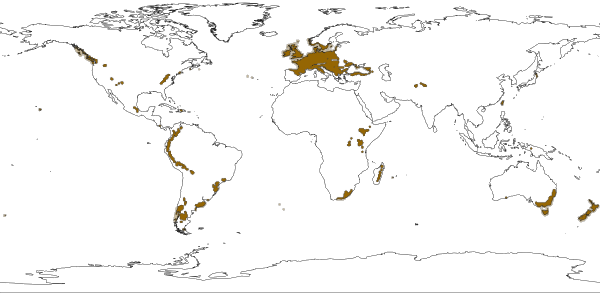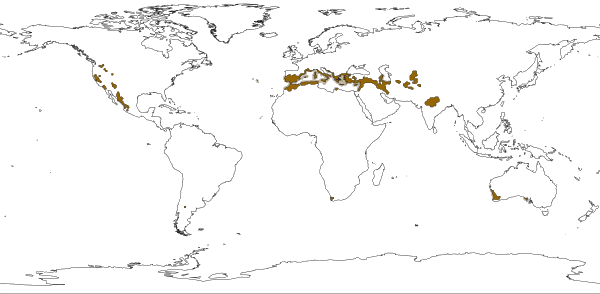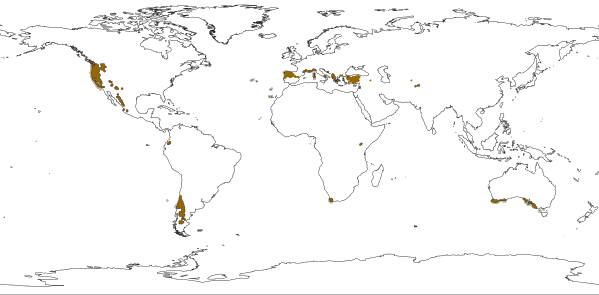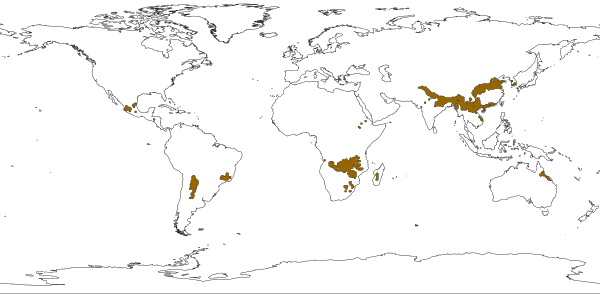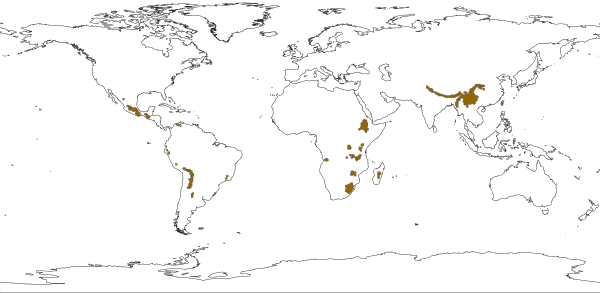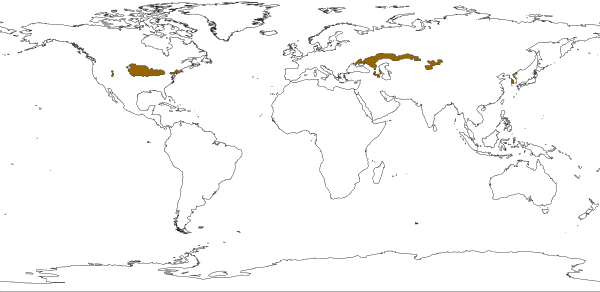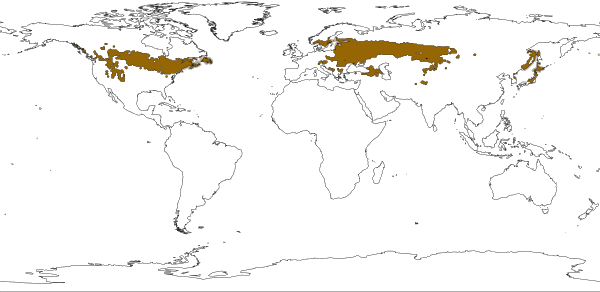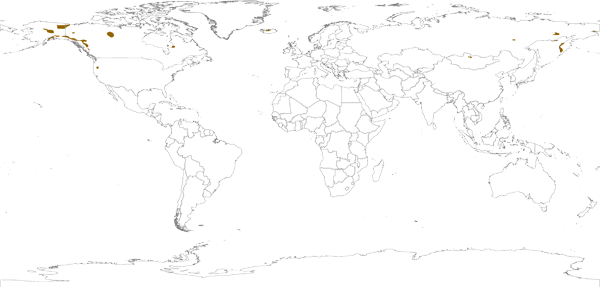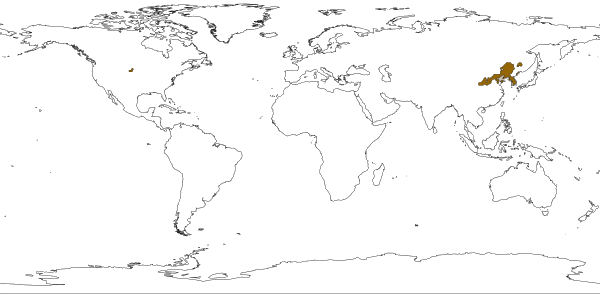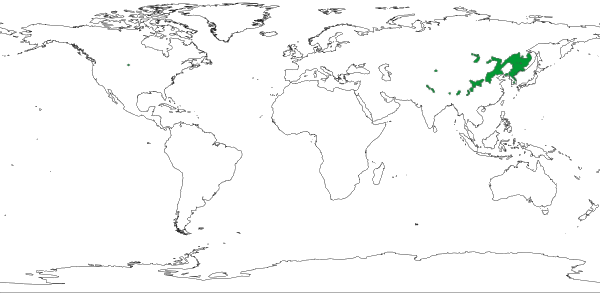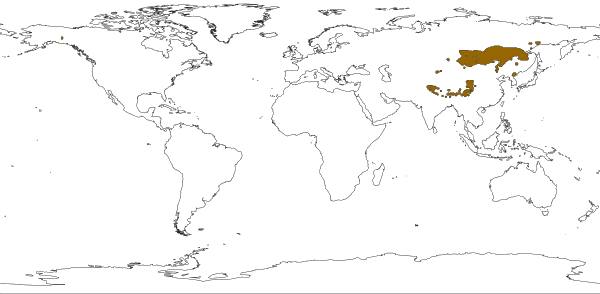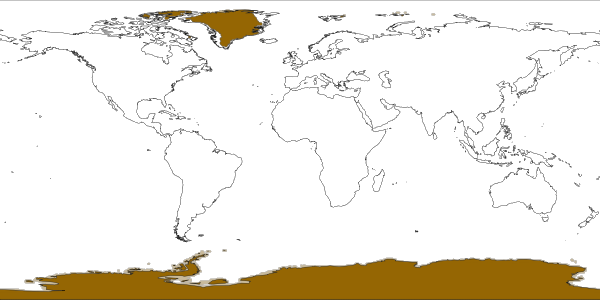|
In general it can be said that the D climate type can only be found in the Northern Hemisphere, northwards from the C climate zones, closer to the North Pole. The average temperature during the warmest month is higher than or equal to 10°C (50°F), but in the winter the coldest month has an average value of less than -3°C (26°F). In the winter it often snows and it tends to be quite windy and cold due to the polar and Arctic air masses.
This subtype is sometimes also referred to as boreal climate of the taiga. It is characterized by usually very long and cold winters and short, cooler summers. One of the unique characteristics is extremely large difference between temperatures during summer and winter. In the winter, the minimum temperature can fall even below -40°C (-40°F), while in the summer the maximum temperature is usually around 30°C (86°F). Summers tend to last only three to four months and to be classified as Dfc, there has to be at least one month with average temperature above 10°C (50°F). Winter usually means five to seven months with temperatures below the freezing point. Spring and autumn are relatively short and the temperature transition between seasons quite fast.
In case of the Dfc subtype, there are no distinctive dry or wet periods. Precipitation is usually higher during the summer and consists of more or less intense rains, thunderstorms are relatively rare. The total annual precipitation ranges usually between 120 and 500mm.
Dfc subtype is by far the most frequent subarctic climate type and can be found at latitudes between 50 and 70° on the Northern hemisphere. This includes for example most of Siberia, Kamchatka, parts of Scotland, Northern part of Scandinavia, Alaska, large regions in Canada, Northern Mongolia etc. However, it can also be found in microregions at very high elevations, for example in the Alps in France, Germany, Switzerland, Italy or Austria, in central Romania, some mountains in Turkey, American Rocky Mountains or White Mountains, parts of China and India.
|

|
